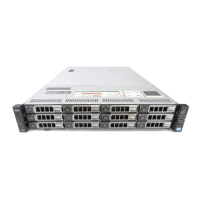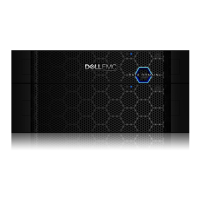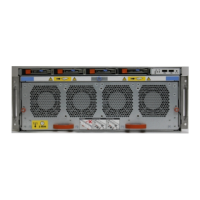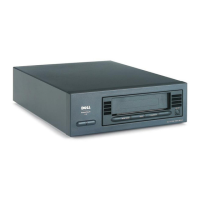9 DR4100 Best Practice Guide | April 2014
To allow multiple groups to logon to the DR appliance using Active Directory do the following:
- Create a new global group in Active Directory
- Add each group to be allowed to access DR product to this global group.
- Add the new global group to the DR using the following command from the CLI:
authenticate --add --login_group “domain\ group ”
Users that are part of the selected AD group will be able to logon to the CLI and GUI to administer the device.
• Setting ACLs and inheritance: It is best to set ACLs and inheritance when the system is first setup. By
default, every user has access to all data. Attempting to change permissions and inheritance later is very time
consuming.
• Set Time: If the DR is not joined to an Active Directory domain, it is best to configure the DR to use NTP. If
the DR is joined to an Active Directory it will automatically sync its time.
4.4 Container creation
The DR appliance uses containers to store backup data. These containers are segmented folders that have individual
protocols, security permissions, marker types and connection types.
Below are considerations to take into account when creating containers:
1. Only 32 containers allowed on a single appliance
2. Access protocols are set at a container level (NFS, CIFS, OST, RDS)
3. Security is set at a container level (Locking down Via IP, Unix/Windows ACLs, etc.)
4. Markers are set at the container level (None, Auto, CommVault, Networker, etc.)
5. OST quotas are set on a container level
6. Container Names cannot contain spaces
4.4.1 Container limit
There are several different strategies in which to approach container creation. In general, it is better to have as few
containers as possible to maintain ease of management. This section is designed to assist in developing an optimal
container strategy based on your organization’s needs.
With most configurations where replication is not required, it is common to have a single container if the administrators
have a single Data Management Application (DMA). When replication is required, container creation can become more
complex, so it is best to choose what containers should and should not be replicated as well as prioritizing what data
should be replicated first. Below are four scenarios to help with picking the proper container creation strategy:
• Scenario 1: Separate data to be replicated vs. data not to be replicated
• Scenario 2: Separate data that has a higher value to replicate vs. lower value
• Scenario 3: Separate different types of data into different containers
• Scenario 4: Separate different DMA types into different containers

